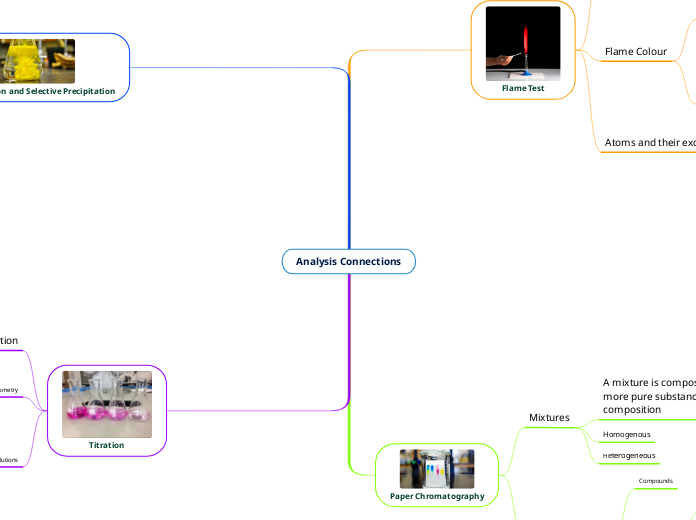jonka Vahin Cajla 3 vuotta sitten
288
Analysis Connections

jonka Vahin Cajla 3 vuotta sitten
288

Lisää tämän kaltaisia
Purity
Ph
Aqueous
Avogadro's Number
Density
Archimedes Principle
Molar Mass
Reactions
Concentration Formula: M = N/V
The reactant that is used up completly in a reaction is called a limiting reagent. They are substances that are completely used up in the completion of a chemical reaction.
Nobles gases
Metalloids
Metals
Non-Metals
A small spot of a soluble mixture is placed on the paper. The solvent carries a mixture up the paper. Different components of the mixture have different relative affinities to the stationary and mobile phases and so travel up the paper at different speeds. This separates the components.
Subtopic
the emission spectrum is used to identify different elements